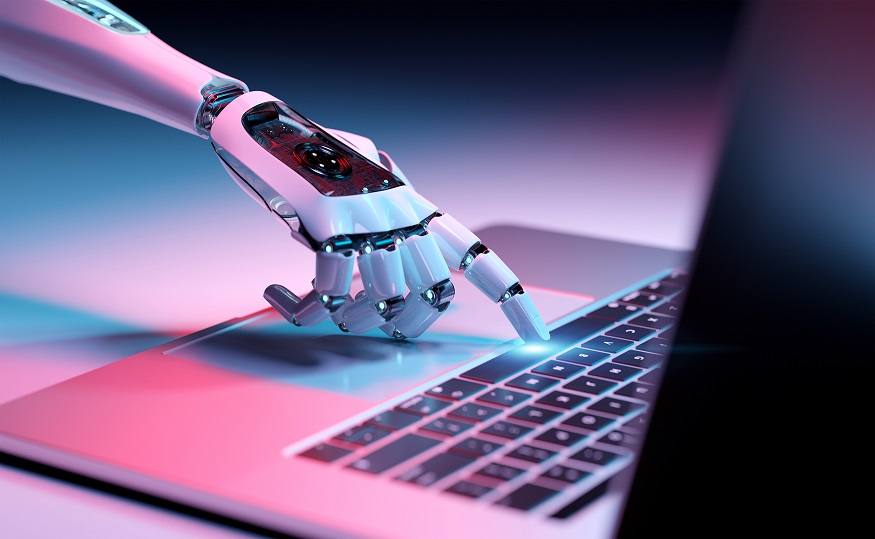
The combination of Robotic Process Automation (RPA) and Artificial Intelligence (AI) creates a powerful symbiosis that can elevate business productivity and efficiency to a new level. Semantic automation, based on generative artificial intelligence, is a driving technology with the potential to fundamentally change the way companies operate.
In a time when digital transformation is a necessity rather than just a trend, RPA is becoming a major player. With its ability to automate mundane, repetitive tasks, RPA significantly enhances employee productivity. Together with AI, they form a synergistic duo, combining automation with the creativity of the human mind.
According to IDC, automation in companies reduces operating costs by 13.5% and saves an average of 1.9 hours of work per week (source: Worldwide Automation Spending Guide 2022 by IDC) per employee. These figures highlight the transformational potential of RPA and AI in increasing productivity and reducing costs.
Generative artificial intelligence, as a subset of AI, focuses on the creation of content or data rather than just processing it. It uses machine learning techniques such as neural networks and deep learning to create new content in various forms. “Generative AI models learn from existing data and use this knowledge to produce original, creative and contextually relevant output,” explains Viktória Lukáčová Bracjunová, Head of Robotics and Automation at Soitron.
RPA excels in repetitive tasks, follows rules and procedures, doesn’t make mistakes and doesn’t need breaks. It dominates in structured processes, minimizing deviations. It is a key technology component for companies to reduce costs, reduce errors and speed up routine tasks.
In a dynamic automation environment, the combination of RPA and generative AI creates a powerful synergy that goes beyond the capabilities of either technology alone. “RPA successfully handles routine tasks, while generative AI is strong at processing complex, unstructured data and solving creative challenges. RPA ensures process consistency and minimises errors, while generative AI analyses data and provides deeper insights, improving the quality of strategic decisions,” says Viktória Lukáčová Bracjunová.
In the field of AI and natural language processing, semantics play a crucial role. It provides the foundation for creating advanced generative artificial intelligence systems that are better able to understand and interact with human language, which is crucial for the success of many AI applications.
RPA’s integration with existing systems and applications makes this technology an ideal choice for automating tasks within existing workflows. Next-generation automation can work with a variety of data types and formats, ensuring compatibility with a wide range of processes. Generative AI integration enhances customer experience through personalized interactions, understanding natural language and solving complex queries with empathy.
In a rapidly evolving market environment, the combination of RPA and generative AI delivers precision automation, as well as creative innovation, providing a competitive advantage when deployed. Ignoring this technological symbiosis means missing an opportunity. “Now is the right time to let RPA and generative AI technologies collaborate and achieve improved results,” concludes Viktória Lukáčová Bracjunová.
We are in the process of finalizing. If you want to be redirected to our old version of web site, please click here.